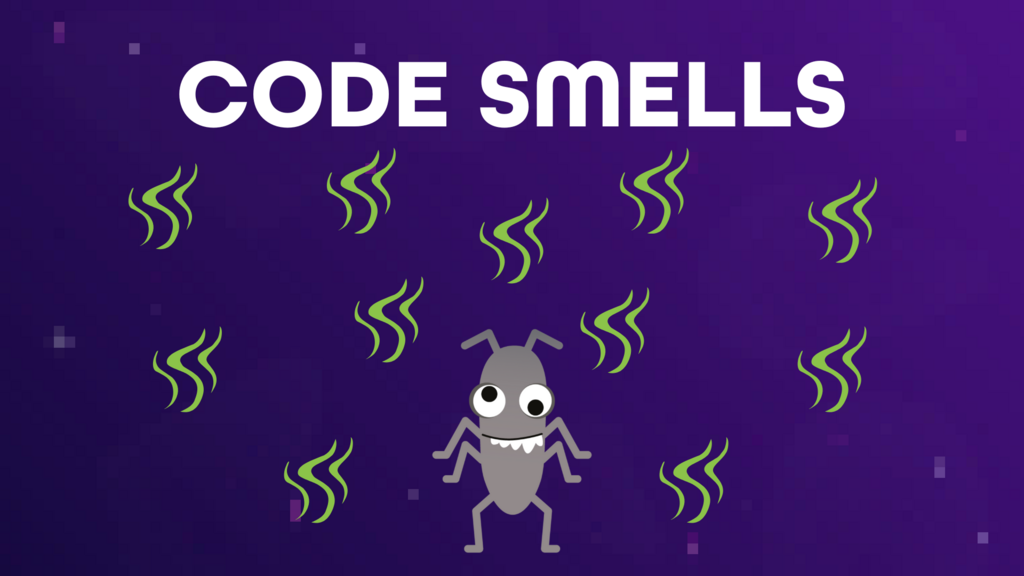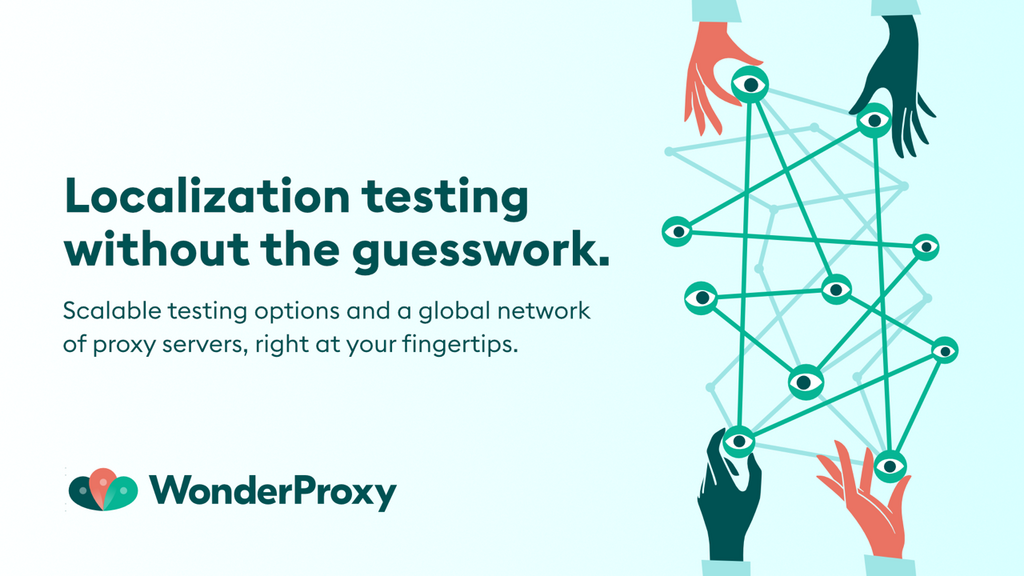Code smells are warning signs in code that hint at deeper issues. Code smells aren't necessarily errors but they can make future development harder and increase the risk of bugs.
Examples of code smells could be duplicated code, large classes or long methods i.e. one function, trying to do too much, or methods that are long to understand. These examples highlight that code smells can be introduced by multiple authors from different disciplines and can exist in production code, scripts like one that produces tests data or automated tests.
Engineers can prevent fundamental design flaws, maintainability issues and scalability issues before they become more serious issues by identifying and refactoring code smells. Leaving code smells can contribute to cognitive complexity which can result in engineers spending more time reading and understanding code than contributing to it.
Examples of code smells could be duplicated code, large classes or long methods i.e. one function, trying to do too much, or methods that are long to understand. These examples highlight that code smells can be introduced by multiple authors from different disciplines and can exist in production code, scripts like one that produces tests data or automated tests.
Engineers can prevent fundamental design flaws, maintainability issues and scalability issues before they become more serious issues by identifying and refactoring code smells. Leaving code smells can contribute to cognitive complexity which can result in engineers spending more time reading and understanding code than contributing to it.




